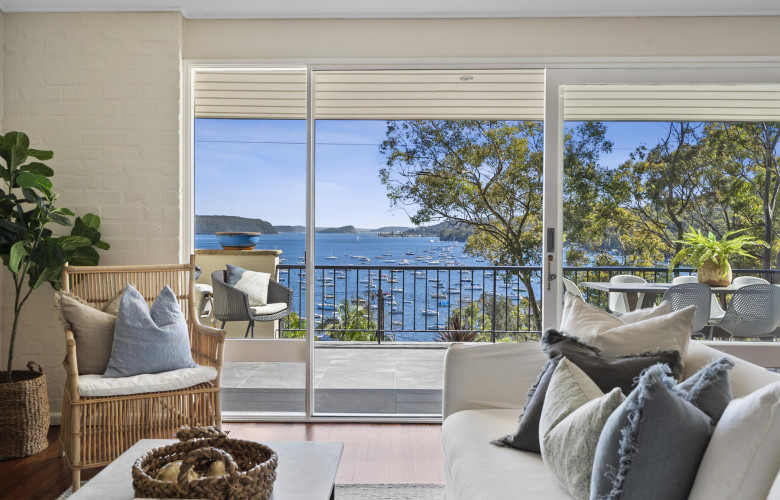John McGrath – Price falls moderating as buyers return
Contact
John McGrath – Price falls moderating as buyers return
According to John McGrath, Chief Executive Officer of McGrath Estate Agents, 2023 is the year to buy, regardless of the type of property or price level you’re interested in.
Australian home values are still falling, but the decline in January was the smallest monthly drop since June last year, according to CoreLogic research released last week.
Even though interest rates are likely to increase again, I do think we’re either at or approaching the bottom of the market cycle, and this latest data supports that view.
In a downturn, price falls begin to moderate when buyers stop watching the market and start buying again. They do so when prices have fallen to a point where they see value and opportunity for themselves in upsizing their home and/or buying an investment. That appears to be starting now.
So, here’s the data.
The national dwelling value fell by -1% in January. That was slightly better than the -1.1% recorded in December and the smallest monthly fall since June 2022.
Drilling down on the East Coast cities, the fall in median home values in Sydney in January was -1.2%, which was lower than the December reading of -1.4%.
The fall in Melbourne in January was -1.1% vs -1.2% in December. In Brisbane, it was -1.4% in January vs -1.5% in December. In Canberra, it was -1% vs -1.2%. In Hobart, it was -1.7% vs -1.9%.
Most regional markets are following suit or at least not falling any faster than before.
Regional NSW recorded a -1% decline in January vs a -1.5% decline in December. Regional Victoria and QLD were steady with -0.7% and -0.8% falls respectively in both months. Regional Tasmania bucked the trend with a -1.1% fall in January vs an -0.3% fall in December.
CoreLogic Research Director Tim Lawless says the numbers “are clearly pointing to a reduction in the pace of decline across most regions …”.
The biggest silver lining of a market downturn is the prospect of buying high-quality property for the long term, in the best locations, at a discount. Interestingly, the current moderation in price falls is occurring most at the premium end. Across the capital cities, upper quartile price falls were -4% over the 90 days to January 31. This compares to the September 2022 quarter, when values fell by -6.1%.
That might sound like a small difference but it’s not. We’re talking about all capital city upper quartile markets grouped together, so a 2.1% difference is a material change in momentum.
The slowing pace of price falls at the premium end is most apparent with Sydney houses. In the 90 days to January 31, CoreLogic says upper quartile values in Sydney fell by -3.9%. This is a substantial slowdown on the 90 days to August 31, when premium home values fell by -7.7%.
Sydney’s premium market rose the most during the boom, so it’s fallen the furthest during the downturn. CoreLogic quantifies the drop at -17.4% since the peak in January 2022. That can present good buying opportunities as premium buyers are less impacted by interest rate rises, so it seems many are seeing these softer prices as a window to upsize and/or invest.
Additionally, Sydney attracts a large proportion of Australia’s expat buyers, and as I mentioned last week, a -6% fall in the Australian dollar against the greenback is giving expats buying in US dollars a further discount on top of that -17.4%.
These factors are likely contributing to a greater moderation in price falls at the prestige end.
Regardless of the type of property or price level you’re interested in, I see 2023 as the year to buy.
The views expressed in this article are an opinion only and readers should rely on their independent advice in relation to such matters.
For more information including articles, checklists, guides and more visit McGrath’s Insights Centre.
Similar to this:
John McGrath – The opportunities in today’s market





